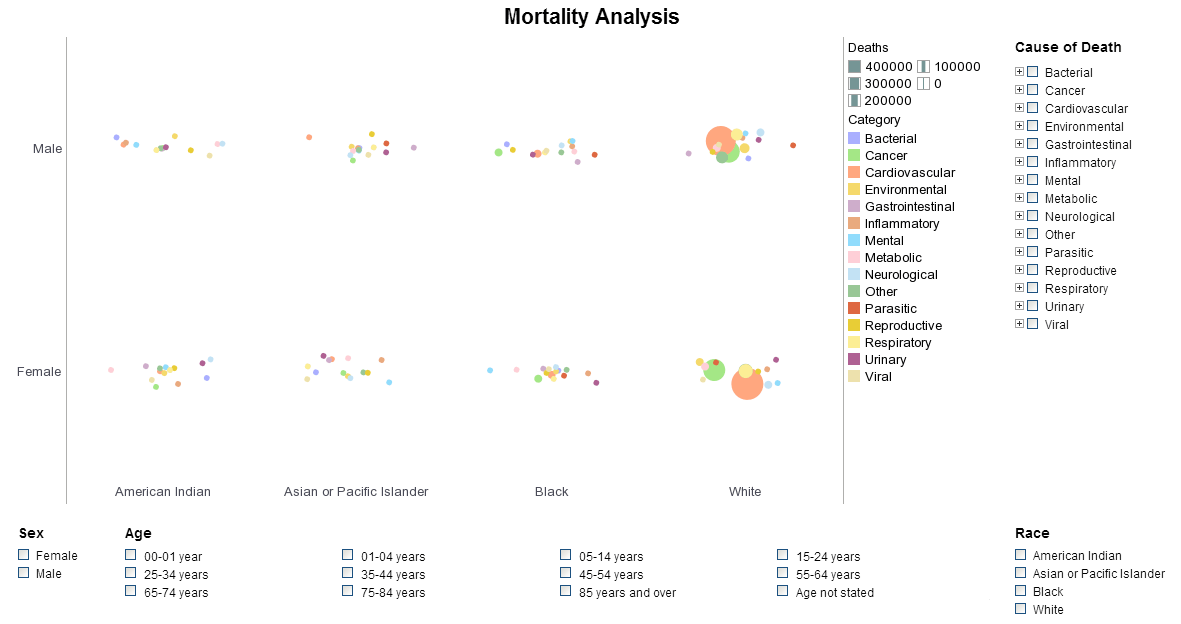InetSoft Technology: Dynamic Dashboarding Software - Properties
InetSoft's dynamic dashboarding software gives you explosive properties that enable you to create whatever is in your mind. View the example below to learn more about the Style Intelligence solution.
In this example, you will add a RadioButton input that allows the user to set the Y-axis field of a chart to either ‘Quantity Purchased’ or ‘Total Revenue’.
1. Create a Viewsheet based on the ‘ProductSales’ Data Worksheet in the ‘Tutorial’ folder.
2. Add a radio button to the Viewsheet, with two embedded values (‘Quantity Purchased’ and ‘Total’).
3. Add a chart to the Viewsheet and bind it to the ‘SalesByDate’ Data Block. Add the ‘State’ field as the X-axis and the ‘Quantity Purchased’ field as the Y-axis.
4. Click the ‘Quantity Purchased’ menu to select it.
5. Click the ‘down arrow’ next to the menu, and choose the ‘Variable’ option. This populates the menu with all of the available variable names.
 |
View a 2-minute demonstration of InetSoft's easy, agile, and robust BI software. |
6. From the list of variables, choose ‘$(RadioButton)’.
7. Now click the radio buttons. Note that the chart displays the Y-axis field that you choose using the radio button control.
InetSoft Viewpoint |
"The open standards aspect is very important to us since it allows our customers to integrate our technology more easily and leverage assets they already have, in terms of hardware and software and IT skills. So based on this BI platform, our software delivers a host of front-end BI tools including visualization tools, enterprise reporting, monitoring dashboards, and analysis. Those functions were based on a very powerful patent-pending technology we call Data Block. This Data Block technology is really made up of a back-end data mashup engine and a caching middle layer. There is a front-end we call the worksheet, which is a Web-based, spreadsheet-like user interface that a power user can easily use to combine and transform data blocks. The data blocks are typically started at the atomic data block level. That is typically created by an IT or a BI specialist. They choose these data blocks and performance tune those data blocks. Then the power users can use those building blocks to build more complex, but more useful structures for answering the questions they have on hand. And all the data blocks you build, in turn become building blocks themselves. You can build on this architecture, building very sophisticated structures which you can use to answer a wide range of unanticipatible questions. " - Luke Liang, CEO, InetSoft |
 |
Read why choosing InetSoft's cloud-flexible BI provides advantages over other BI options. |
| Previous: Dynamic Dashboarding |
